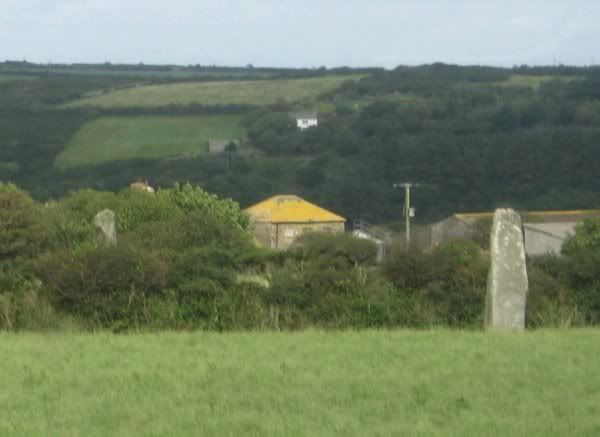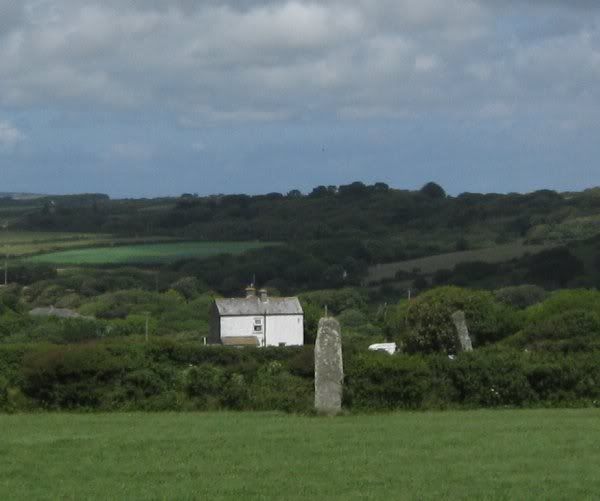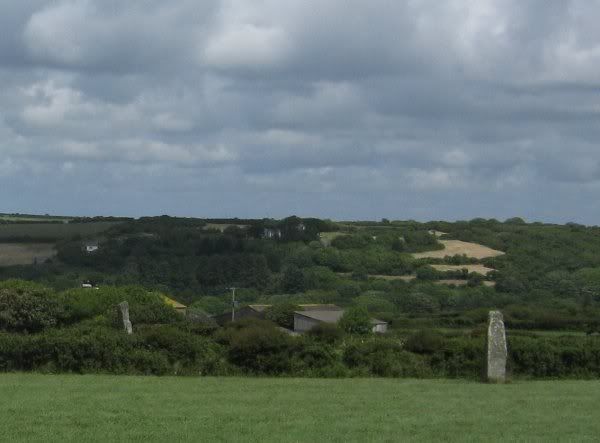Secret history of Stonehenge revealed
Ancient site may have been place of worship 500 years before the first stone was erected
David Keys Saturday 26 November 2011
Extraordinary new discoveries are shedding new light on why Britain’s most famous ancient site, Stonehenge, was built – and when.
Current research is now suggesting that Stonehenge may already have been an important sacred site at least 500 years before the first Stone circle was erected – and that the sanctity of its location may have determined the layout of key aspects of the surrounding sacred landscape.
What’s more, the new investigation – being carried out by archaeologists from the universities’ of Birmingham, Bradford and Vienna – massively increases the evidence linking Stonehenge to pre-historic solar religious beliefs.
It increases the likelihood that the site was originally and primarily associated with sun worship
The investigations have also enabled archaeologists to putatively reconstruct the detailed route of a possible religious procession or other ritual event which they suspect may have taken place annually to the north of Stonehenge.
That putative pre-historic religious ‘procession’ (or, more specifically, the evidence suggesting its route) has implications for understanding Stonehenge’s prehistoric religious function – and suggests that the significance of the site Stonehenge now occupies emerged earlier than has previously been appreciated.
The crucial new archaeological evidence was discovered during on-going survey work around Stonehenge in which archaeologists have been ‘x-raying’ the ground, using ground-penetrating radar and other geophysical investigative techniques. As the archaeological team from Birmingham and Vienna were using these high-tech systems to map the interior of a major prehistoric enclosure (the so-called ‘Cursus’) near Stonehenge, they discovered two great pits, one towards the enclosure’s eastern end, the other nearer its western end.
When they modelled the relationship between these newly-discovered Cursus pits and Stonehenge on their computer system, they realised that, viewed from the so-called ‘Heel Stone’ at Stonehenge, the pits were aligned with sunrise and sunset on the longest day of the year – the summer solstice (midsummer’s day). The chances of those two alignments being purely coincidental are extremely low.
The archaeologists then began to speculate as to what sort of ritual or ceremonial activity might have been carried out at and between the two pits. In many areas of the world, ancient religious and other ceremonies sometimes involved ceremonially processing round the perimeters of monuments. The archaeologists therefore thought it possible that the prehistoric celebrants at the Cursus might have perambulated between the two pits by processing around the perimeter of the Cursus.
Initially this was pure speculation – but then it was realized that there was, potentially a way of trying to test the idea. On midsummer’s day there are in fact three key alignments – not just sunrise and sunset, but also midday (the highest point the sun reaches in its annual cycle). For at noon the key alignment should be due south.
One way to test the ‘procession’ theory (or at least its route) was for the archaeologists to demonstrate that the midway point on that route had indeed a special relationship with Stonehenge (just as the two pits – the start and end point of the route – had).
The ‘eureka moment’ came when the computer calculations revealed that the midway point (the noon point) on the route aligned directly with the centre of Stonehenge, which was precisely due south.
This realization that the sun hovering over the site of Stonehenge at its highest point in the year appears to have been of great importance to prehistoric people, is itself of potential significance. For it suggests that the site’s association with the veneration of the sun was perhaps even greater than previously realized.
But the discovery of the Cursus pits, the discovery of the solar alignments and of the putative ‘processional’ route, reveals something else as well – something that could potentially turn the accepted chronology of the Stonehenge landscape on its head.
For decades, modern archaeology has held that Stonehenge was a relative latecomer to the area – and that the other large monument in that landscape – the Cursus – pre-dated it by up to 500 years.
However, the implication of the new evidence is that, in a sense, the story may have been the other way round, i.e. that the site of Stonehenge was sacred before the Cursus was built, says Birmingham archaeologist, Dr. Henry Chapman, who has been modelling the alignments on the computerized reconstructions of the Stonehenge landscape
The argument for this is simple, yet persuasive. Because the ‘due south’ noon alignment of the ‘procession’ route’s mid-point could not occur if the Cursus itself had different dimensions, the design of that monument has to have been conceived specifically to attain that mid-point alignment with the centre of Stonehenge.
What’s more, if that is so, the Stonehenge Heel Stone location had to have been of ritual significance before the Cursus pits were dug (because their alignments are as perceived specifically from the Heel Stone).
Those two facts, when taken together, therefore imply that the site, later occupied by the stones of Stonehenge, was already sacred before construction work began on the Cursus. Unless the midday alignment is a pure coincidence (which is unlikely), it would imply that the Stonehenge site’s sacred status is at least 500 years older than previously thought – a fact which raises an intriguing possibility.
For 45 years ago, archaeologists found an 8000 BC Mesolithic (‘Middle’ Stone Age) ritual site in what is now Stonehenge’s car park. The five thousand year gap between that Mesolithic sacred site and Stonehenge itself meant that most archaeologists thought that ‘sacred’ continuity between the two was inherently unlikely. But, with the new discoveries, the time gap has potentially narrowed. Indeed, it’s not known for how long the site of Stonehenge was sacred prior to the construction of the Cursus. So, very long term traditions of geographical sanctity in relation to Britain’s and the world’s best known ancient monument, may now need to be considered.
The University of Birmingham Stonehenge area survey - the largest of its type ever carried out anywhere in the world – will take a further two years to complete, says Professor Vince Gaffney, the director the project.
Virtually every square meter in a five square mile area surrounding the world most famous pre-historic monument will be examined geophysically to a depth of up to two metres, he says.
It’s anticipated that dozens, potentially hundreds of previously unknown sites will be discovered as a result of the operation.
The ongoing discoveries in Stonehenge’s sacred prehistoric landscape – being made by Birmingham’s archaeologists and colleagues from the University of Vienna’s Ludwig Boltzmann Institute – are expected to transform scholars’ understanding of the famous monument’s origins, history and meaning.
http://www.independent.co.uk/life-style ... 68237.html







